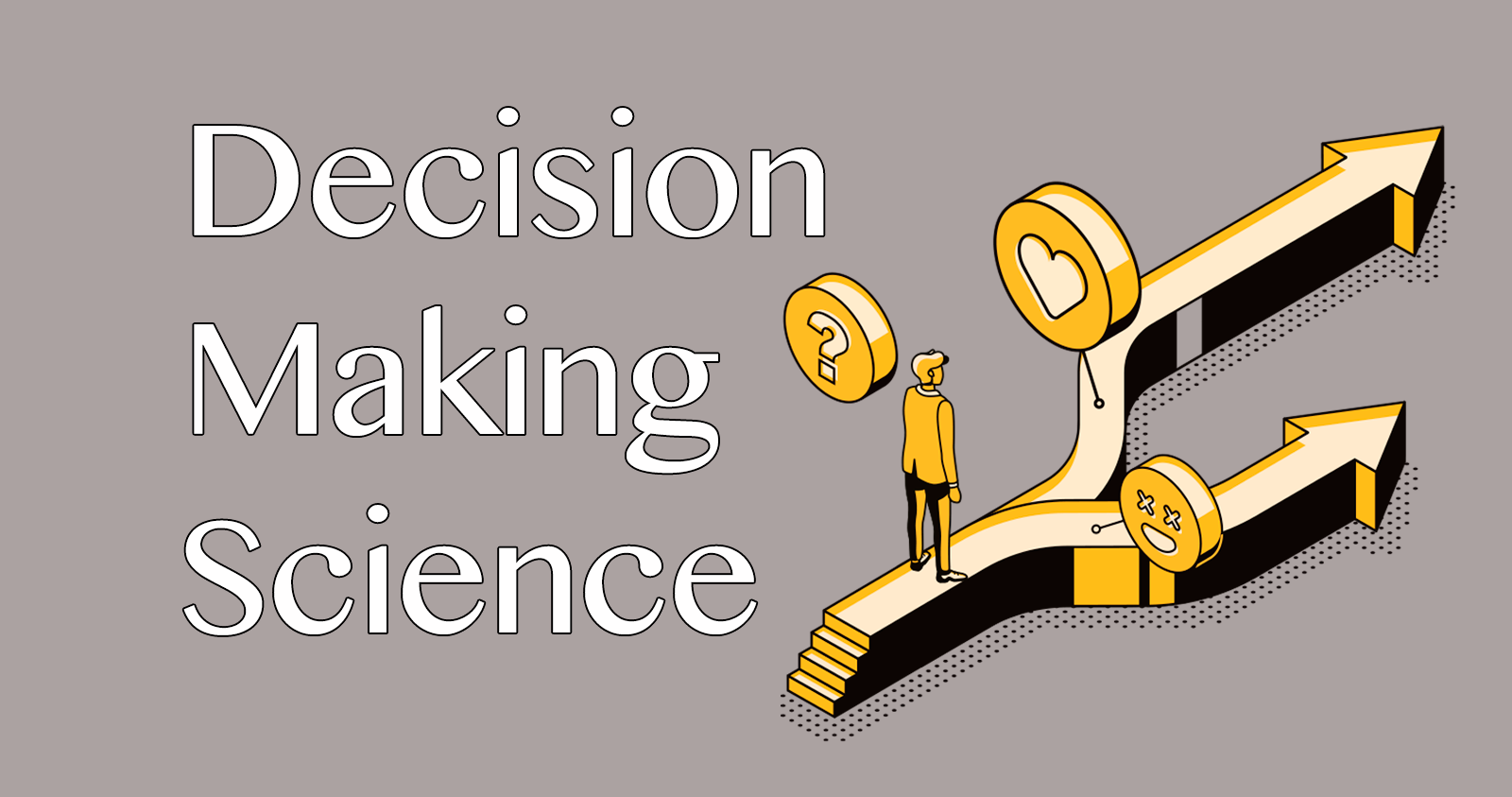Understanding Decision Making Science
When it comes to decision-making, people like to believe that our decisions are entirely and consciously up to us. But is that really the case?

Were you aware of your last decision?

When it comes to decision-making, people like to believe we have free will—that our decisions are entirely and consciously up to us.
But what if someone could predict your decisions 11 seconds before you made them? Would you still make the same choices? Would you still believe in free will?
It turns out that neuroscientists have been able to do just that. In one Australian study, scientists were able to predict a decision 11 seconds before it was made.
Subjects in an fMRI were given 20 seconds to choose between two different images. They were supposed to press a corresponding button as soon as they decided on the image and then were to imagine the image they chose as vividly as possible for 10 seconds.
The scientists found that “neural activation patterns were predictive of the contents of voluntary visual imagery as far as -11 seconds before the choice of what to imagine.” Essentially, unconscious brain activity, influenced by previous brain activity, has traces of the choice before we are aware of it.
To some scientists, this complicates the idea of free will. But according to behavioral economics, decisions aren’t purely based on internalized rational thought. The number of factors that influence our decisions can seem unquantifiable.
This makes studying decision-making particularly challenging yet advancements in this space can have an outsized impact. Psychologists and neuroscientists alike are interested in figuring out what exactly affects the decision-making process.
Social psychologist Ed O’Brien has done a lot of work on decision making. According to O’Brien, “we use less information to make decisions than we think.”
O'Brien's studies have shown this time and time again. People will predict that they need to drink 3 or 4 cups of juice to decide if they like the juice when in reality they only need a few sips. People will predict that they need to see 16 or 17 paintings to decide if they like a particular style instead of three or four. And people will misjudge how much information a hiring manager needs to see before they make their decision.
Ultimately, O’Brien stresses that people don't realize that their brain reacts in real-time, rather than rationally assessing all the information that comes their way. Thus decision-making is not as simple as pointing towards the best option, because every option complicates both our brain activity and our perception.
Because decision-making can be complicated, and because our brains only have so much energy and time available, we sometimes use a kind of decision-making shorthand called heuristics.
A heuristic technique, often called simply a heuristic, is any approach to problem solving or self-discovery that employs a practical method that is not guaranteed to be optimal, perfect or rational, but instead sufficient for reaching an immediate goal. (Wikipedia)
This is a concept from behavioral economics, and it’s a way for people to make decisions under uncertainty. Sometimes these shortcuts for decisions work, but they can also lead to errors.
For example, one type of heuristic is the “representativeness” heuristic. Essentially, it explains that people will confuse probability with similarity. If you were asked whether it’s more likely that a very shy man is a librarian or that he is a salesperson, you might say that he is more likely to be a librarian. In reality, because there are more salespeople than librarians, it’s more likely he is a salesperson. Here, using the representativeness heuristic, you have confused similarity to a librarian with probability of being a librarian.
Errors come with the “availability” heuristic, too. In this case, people tend to assume something is more prevalent or likely based on how easy it is to think of an example. You might think there are more words starting with the letter ‘r’ than words with ‘r’ in the third position, simply because the first example comes to mind more easily.
Understanding heuristics means understanding that again, people don’t make perfect decisions. They’re biased, and make judgements off of the wrong information.
Another factor complicating decision-making is personality.
Personality psychologists can predict the way people make decisions based off of personality traits. Understanding these traits can also be helpful because fMRIs, utilized by the same scientists predicting decisions in the first study above, are not always the quickest, cheapest, or most scalable ways to study, understand and predict behavior.
There are a few different ways to look at decision making through personality. Models like the Herrmann Brain Dominance Instrument, HBDI, focus on categorizing people by their thinking style or preferences.
The notion hinges on the fact that people’s decision making is inherently biased. By knowing a person's thinking style or predilection for biasing, you can expect their decision-making to follow a specific type of logic in both stressed and unstressed environments.
Another model of personality that can be used to study decision making is the five-factor model. The five-factor model, or the “Big Five” personality model, is widely accepted as the most universal and useful measurement of personality. Given that it is a proven way to measure personality accurately, it’s a useful tool to compare personality with other things like decision-making.
One way this has been applied is in studying the effects of pressure and personality on decision making. That particular study found that neuroticism negatively affected decision making under social pressure, but not under low pressure, and that agreeableness negatively affected both conditions.
Ultimately, it’s clear that a lot is going on in decision making science. As much as we want to believe we think rationally and then choose the best option, the options themselves influence our brain activity while our particular personality influences our choices.
Knowing that decision making is malleable, predictable, and fallible in this way, it’s important to be cognizant of the context in which we present decisions. People make decisions much sooner than they think they do, and those decisions can be better predicted at scale using personality as a key.
At Sorter, we use personality, psychology, and neuroscience in our digital neuromarketing platform to make it easy for digital marketers to use decision making science in their campaigns.

